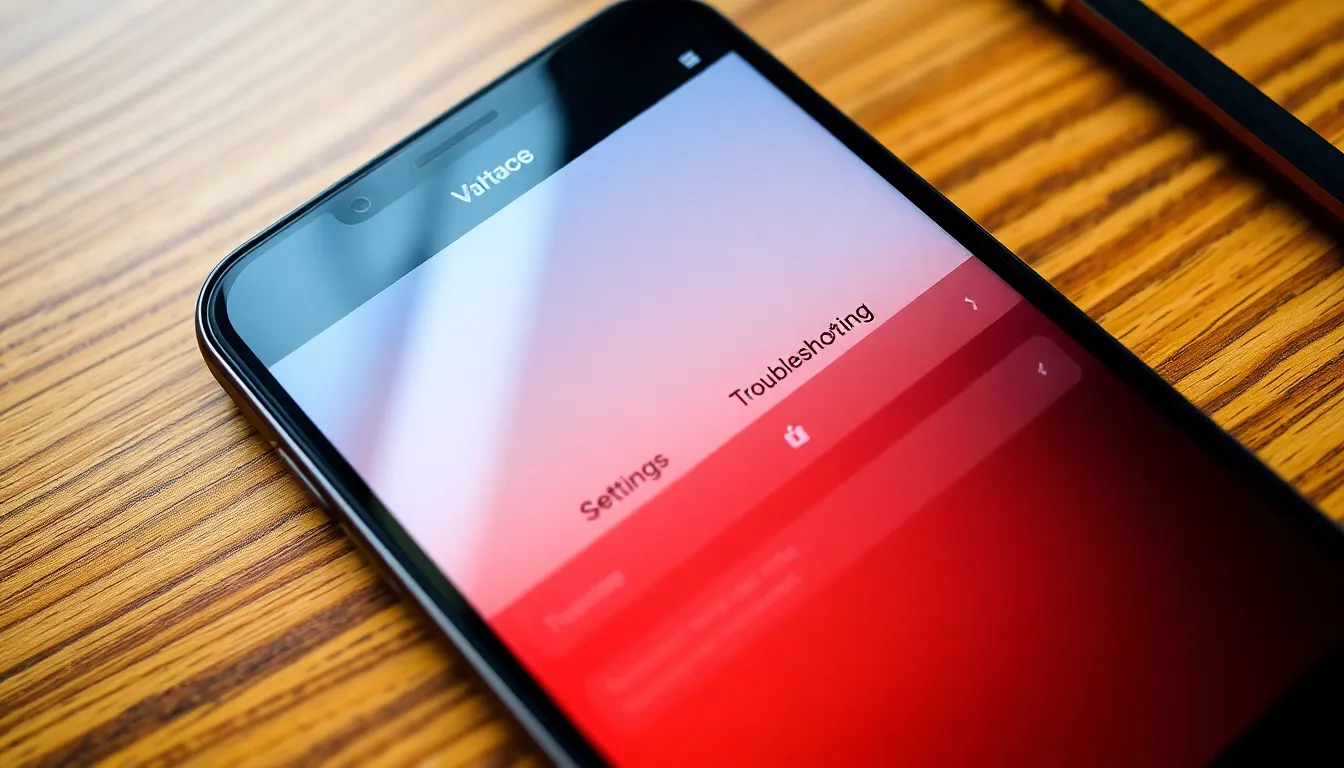Ever tried to update your uhoebeans software only to find it’s playing hard to get? You’re not alone. Many users find themselves stuck in the digital limbo of failed updates, wondering if their device is having a mid-life crisis.
Common Causes of Software Update Failures
Software updates for uhoebeans can fail for several reasons. Understanding these common causes helps users troubleshoot effectively.
Connectivity Issues
Connectivity problems often disrupt the update process. A weak Wi-Fi signal can lead to interruptions during data transfer. Users sometimes overlook their connection status, which complicates the update. Network outages or maintenance by internet service providers can also contribute to failures. Testing the connection by streaming content can verify whether it’s stable enough for an update.
Incompatible Software Versions
Incompatible software versions frequently prevent successful updates. Users may attempt to install updates that don’t match their current system configuration. Sometimes, new versions are released but remain unsupported on older devices. Checking for compatibility through software release notes can ensure the update aligns with the existing setup. Installing the correct version reduces the likelihood of failure.
Insufficient Storage Space
Insufficient storage space remains a significant barrier to successful updates. The update file size often requires ample space on the device. When memory runs low, the update process stalls or fails entirely. Regularly deleting unused applications and files can help free up storage. Users should always verify available space before initiating any updates to avoid disruptions.
Troubleshooting Steps

Addressing software update failures for uhoebeans can involve a few straightforward troubleshooting steps.
Restarting the Device
Restarting the device often resolves temporary glitches. Users should power off the device completely and wait for at least 10 seconds before turning it back on. This process clears the memory and can refresh the system. After restarting, checking the update status might show improvement. If issues persist, the next steps may need to be explored.
Clearing Cache and Data
Clearing cache and data can enhance the device’s performance. Users can access the settings menu and locate the application management section. Finding the uhoebeans app is essential, followed by selecting the option to clear cache and data. This action often helps eliminate corrupted files that could interfere with updates. After doing this, users should attempt to perform the update again.
Checking System Requirements
Reviewing system requirements ensures compatibility with the latest updates. Users must verify the device meets the specified hardware and software requirements listed on the uhoebeans website. An incompatible operating system or insufficient memory may hinder the update process. Assessing these requirements beforehand can prevent unnecessary frustration during installation.
User Experiences
Users often express frustration with uhoebeans software update failures. Many report feeling overwhelmed by recurring issues, which severely disrupts their experience.
Feedback from Uhoebeans Users
Uhoebeans users frequently share their struggles with updates. Connectivity problems often top the list of complaints. Some mention weak Wi-Fi signals as significant culprits. Others highlight frustrations stemming from storage space shortages. Negative experiences tend to exacerbate feelings of helplessness when encountering incompatible software versions. Users emphasize the need for clearer communication regarding update requirements.
Case Studies of Update Failures
Several case studies illustrate common update failures among uhoebeans users. One user experienced an update stall due to insufficient storage, causing the device to freeze. Another faced a complete shutdown during an installation, rendering the device unusable. A third user struggled with constant error messages when attempting to download updates on an incompatible version. Such incidents reflect the need for thorough troubleshooting steps prior to initiating updates. Addressing these issues could significantly enhance user satisfaction and device performance.
Preventing Future Update Issues
Preventing future update issues involves proactive measures and routine checks. Users can take specific steps to ensure smoother software installations.
Regular Maintenance Tips
Regular maintenance plays a vital role in preventing update problems. Checking device storage frequently helps avoid insufficient space errors. Users should regularly delete unneeded files and apps. Performing software cleanups clears outdated data and improves performance. Connection reliability is essential; ensuring a stable Wi-Fi signal can significantly reduce update disruptions. Activating automatic updates assists in keeping software current without manual intervention. Lastly, running periodic system diagnostics can identify potential issues before they affect updates.
Keeping Software Updated
Keeping software updated consists of more than just installing the latest version. Users must actively monitor their devices for available updates. Ignoring notifications can lead to compatibility issues down the line. Emphasizing timely installations enhances security and performance. Enabling automatic updates ensures system software stays current and compatible. Users should also back up important data before initiating updates to safeguard against unexpected failures. Finally, understanding system requirements for each update clarifies compatibility and prevents unnecessary frustrations.
Software update failures in uhoebeans can be frustrating but understanding the root causes can lead to effective solutions. By addressing connectivity issues ensuring sufficient storage and verifying compatibility users can significantly improve their update experiences.
Implementing routine maintenance and troubleshooting steps can prevent future complications. Staying proactive with device management not only enhances performance but also ensures a smoother update process. With these strategies in place users can navigate updates with confidence and reduce the likelihood of encountering persistent issues.





